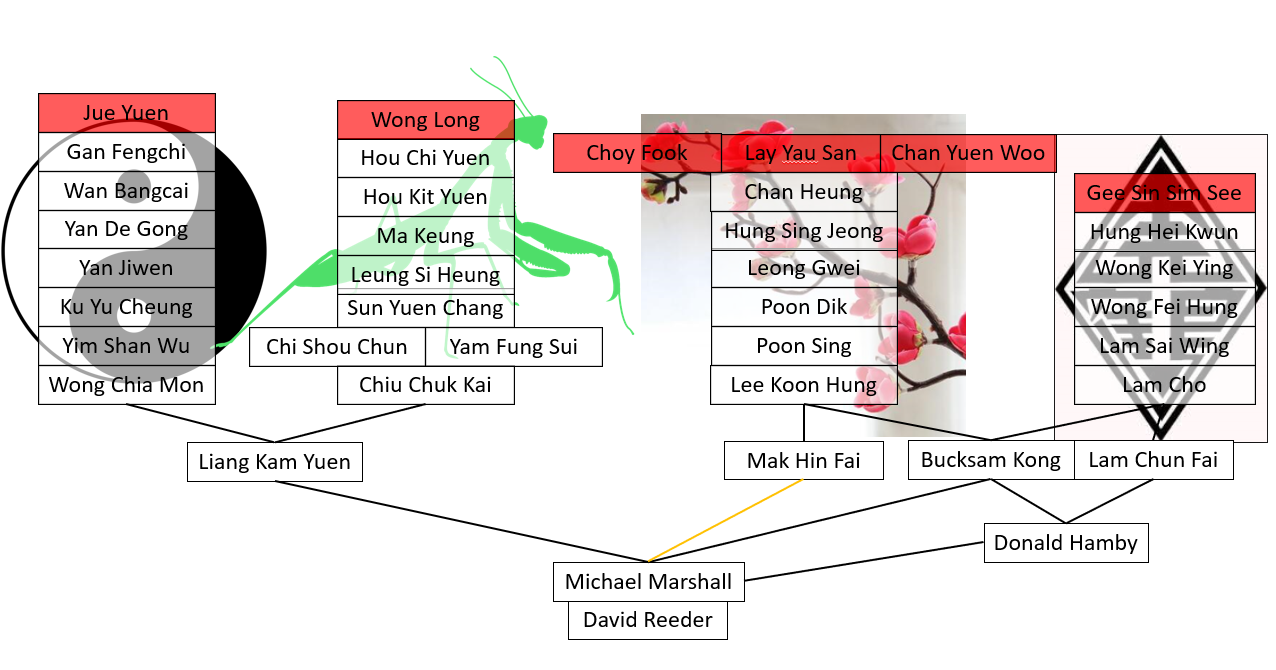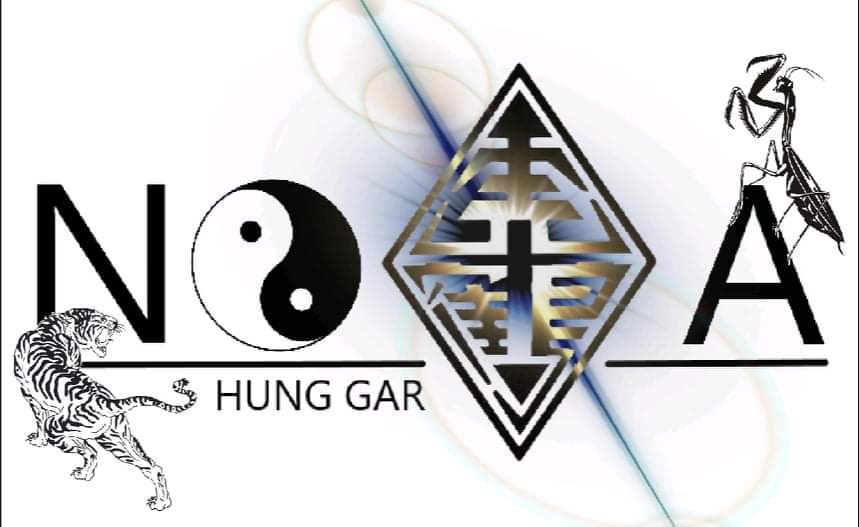Hung Gar (Hung Family), Hung Kuen (Hung Fist), or Hung Gar Kuen is one of the most popular Kung Fu styles today. It has a long history shrouded in myths and legends that may be hard to decipher today. This is due to the fact that political turmoil forced many Kung Fu practitioners to hide their allegiances and history so as to not be targets of those in power at the time. This style found a home in Southern China sprouting many schools in the Guangdong and Fujian provinces. It is one of the five major family styles attributed to Southern China (Hung, Choy, Fut, Li, and Mok).
Modern Hung Gar is attributed to Wong Fei Hung and is mostly the version seen today. This system is based around the Pillar Forms, (Gung Gee Fuk Fu Kuen, Fu Hok Seung Ying Kuen, Sup Ying Kuen, Tid Sin Kuen). Our curriculum is based upon this system although older "village" Hung Kuen is present, as well as additions to the system from members of the Lam family.
This system is characterized by low stances, strong forearm techniques, and the utilization of the five animals and elements of Shaolin. Even though all of the five animals have techniques in this system, it undoubtedly favors the tiger.
Choy Lee Fut is a Kung Fu style that has combined elements of its three base styles (Choy Gar, Lee Gar, and Fut Gar). This system has hundreds of forms and can be found eminating from Southern China as its predecessor styles suggest. A portion of this system is taught in our curriculum as a supplementary style to our Hung Kuen. This system is characterised by mid to long range arcing motions with punches and palm strikes, followed by swift kicks.
As the name suggests this style has its primary roots from the Shaolin Temple in Northern China. As most traditional styles have roots there in some fashion, this style is the most defined. This system is used as a base for new students in our curriculum and is characterized by high kicks, long range punches, and acrobatic movements utilized to promote flexibility and health.
Praying Mantis Kung Fu is yet another popular style and has a bit younger pedigree than any of the other animal systems. According to most lineages, it was developed in Northern China at the Shaolin Temple by Wong Long after witnessing a praying mantis use its speed to subdue its prey. There are several different praying mantis kung fu styles of which most point back to Wong Long. Our curriculum incorporates Seven Star Praying Mantis Kung Fu and Tai Chi Praying Mantis Kung Fu. Although Tai Chi is present in the name, the style is not a derivative of Tai Chi. These systems are characterized by fast snapping and whipping movements, utilizing the forearm to trap similar to the praying mantis.
Tai Chi Chuan is an internal system originiating from Northern China that utilizes slow focused movements to channel energy throughout the body and improve mobility and health in addition to its martial applicability. Tai Chi has been made popular as a health maintenance regiment for those with mobility issues. The more popular styles include Chen, Yang, and Wu. Our curriculum incorporates Wong Style Tai Chi. This system is not very widely practiced outside of those schools with a similar pedigree. Wong Tai Chi is reminiscent of the other styles but does not forget its martial background. This style is notoriously combat oriented while still promoting health and longevity.

